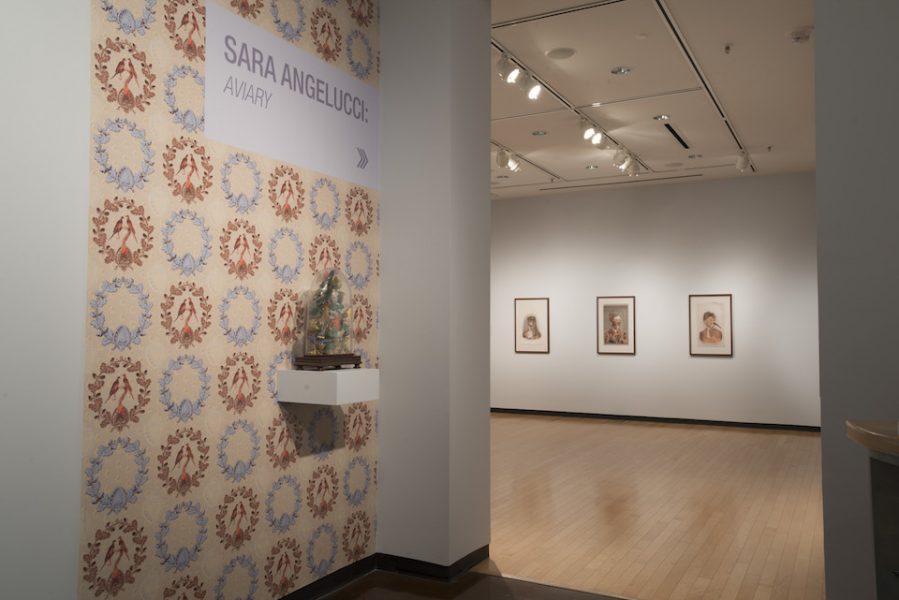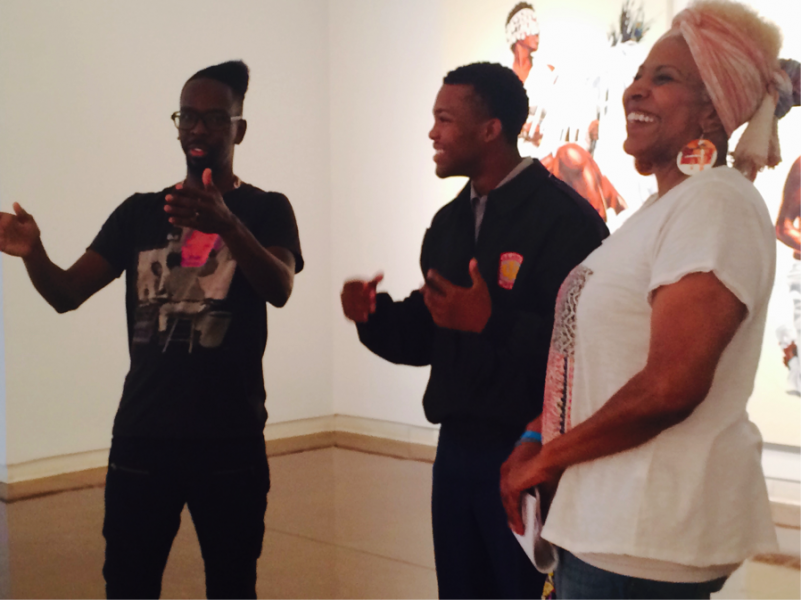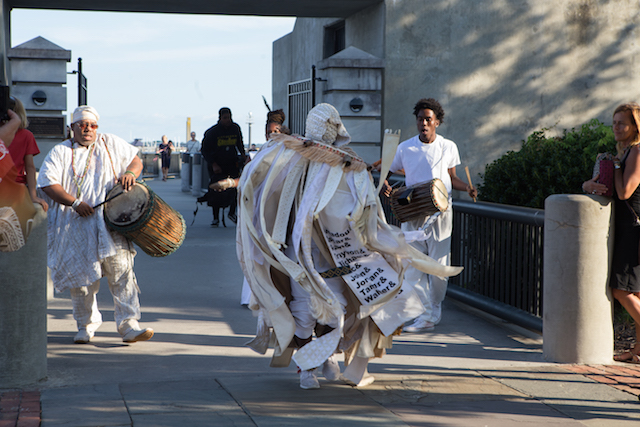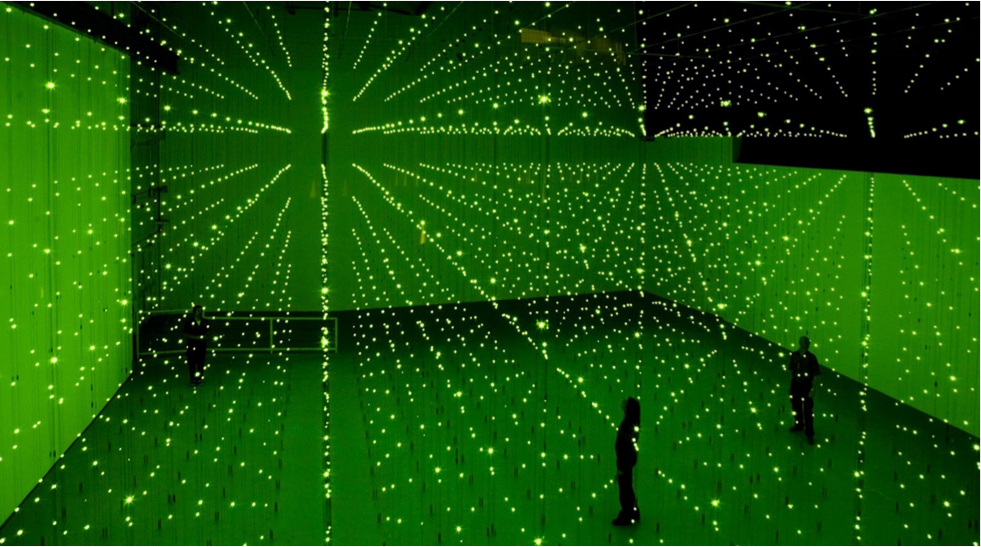EDU BLOG ARCHIVES
Sara Angelucci's Aviary is a series of photographs that have been digitally manipulated to represent a hybrid form of a human being with birdlike features. While the process was made possible by modern technology, the images are rooted in a historical narrative given the nature of the portraits and status of the birds. The photographs are carte-de-visites or cabinet cards from the mid-1800s to early 1900s. These were a popular way to share your image with friends and family, as the cards could fit into your palm and were made of thick cardstock so to be easily traded or mailed. The birds whose features overlay these portraits are extinct or endangered, leaving them to be a nearly forgotten memory like the cabinet cards.
READ WHOLE POST [+]
Through their partnership with the College of Charleston, The Chucktown Squash Scholars program affords students of Charleston’s Title I schools the opportunity to gain mentorship, leadership experience, and critical thinking skills through various activities. As one of those activities, students get the chance to analyze Fahamu Pecou’s DO or DIE: Affect, Ritual, Resistance multimedia art exhibition at the Halsey Institute of Contemporary Art. Once a week for five weeks, a group of students is invited to deconstruct a different work each time to get the core of what makes the piece interesting and analyze how it relates to current society.
READ WHOLE POST [+]
Emmett Still
Thu Sep 22, 2016
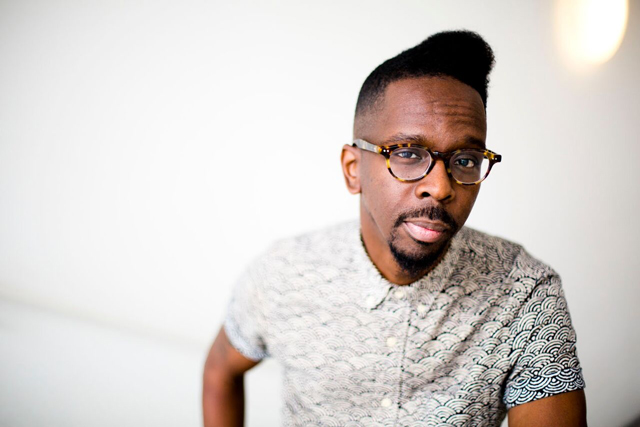
In his body of work DO or DIE: Affect, Ritual, Resistance, Fahamu Pecou uses artwork–painting, drawing, photography, installation, video, and hip-hop music–as a vehicle to directly comment on the delicate and dangerous experiences that black people in modern America face in their day-to-day lives. In a society where judgment, violence, and hatred towards minority citizens systemically exists, it can be tempting to relate such prejudices through the illustration of bloodshed and cruelty. DO or DIE functions in a different way and serves an altogether different purpose, attempting to avoid the fetishization of black death by instead highlighting themes of pride, hopefulness, and transcendence through the reverence of one’s African ancestry and the acknowledgment of the importance of true, historical roots. By incorporating traditional Yoruba/Ifa spirituality into his artwork through both figures and symbols, Fahamu Pecou offers a body of work that primarily serves “not [as] a story of death, but [as] one of life.”
READ WHOLE POST [+]
On September 9, Fahamu Pecou presented InterSessions: The Art X Hip Hop Dialogues™ with guests Killer Mike and Dr. Arturo Lindsay. In case you missed this open conversation on art, hip hop, and racial issues facing the nation, you can view the entire event here.
READ WHOLE POST [+]
After the shooting of Walter Scott in North Charleston made headlines in April 2015, Mark Sloan, Director and Chief Curator of the Halsey Institute of Contemporary Arts sent the newspaper cover to Atlanta-based artist Fahamu Pecou with a note: “We’re ready for you.” Walter Scott and the other Black Americans persecuted by the police is not a new phenomenon. To use the artist Fahamu Pecou’s words, the spectacle of Black death that has risen to the surface is a result of multiple forms of disguised terrorism and racism since the birth of the country. Unfortunately, the dialogue over such persecution has still remained hushed. In large part, it is a fear of change and discomfort amongst Americans that presents open discourse, especially within the art world. Pecou is one of several artists who are working to start a dialogue and overcome those fears.
READ WHOLE POST [+]
Erwin Redl’s current show at the Halsey, entitled Rational Exuberance, showcases his ability to transform spaces into living works of art. Redl’s work forces viewers to enter an exhibit and confront a familiar space in unfamiliar ways, which installations have strived to do for decades.
READ WHOLE POST [+]
As I have spent time in the Halsey Institute’s main gallery with Erwin Redl’s Cubes installation the last three weeks, I have developed a stronger sense of how viewers react and interact with a piece such as this one. The work consists of three separate groupings, each made of sixteen cubes. The cubes are animated with fiber optics and white LEDs that alternate by blinking on and off, as the installation goes through its programmed sequence. Each group of sixteen cubes is placed in a different configuration on a unique platform. As you enter the large, darkened gallery space you will first be confronted with a circle of cubes, followed by a square and then a long rectangle that extends towards the back of the main gallery.
READ WHOLE POST [+]


